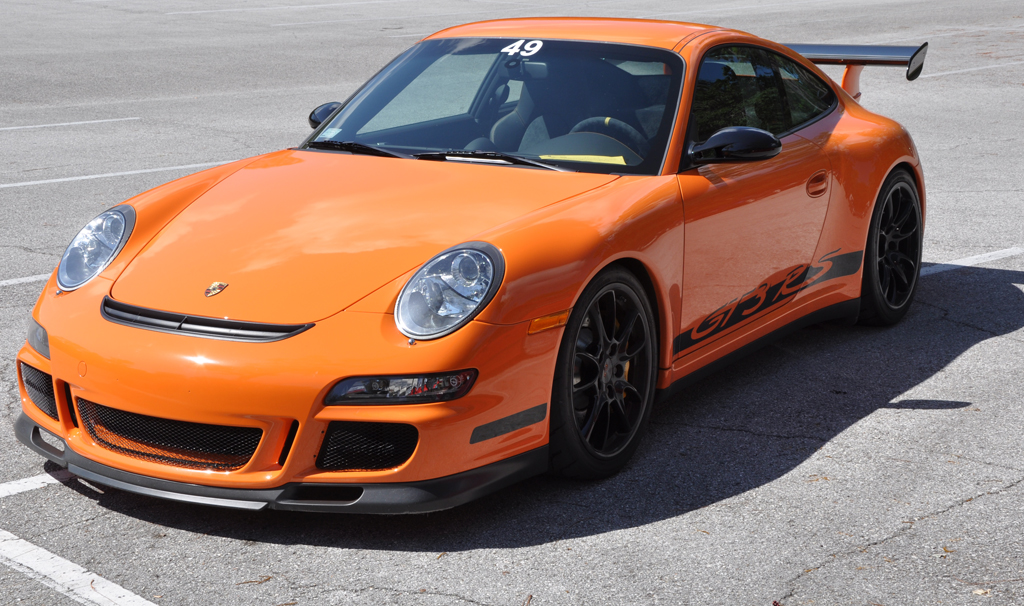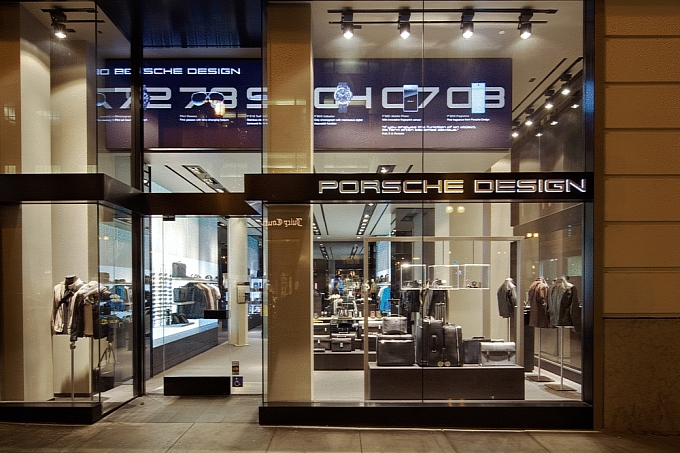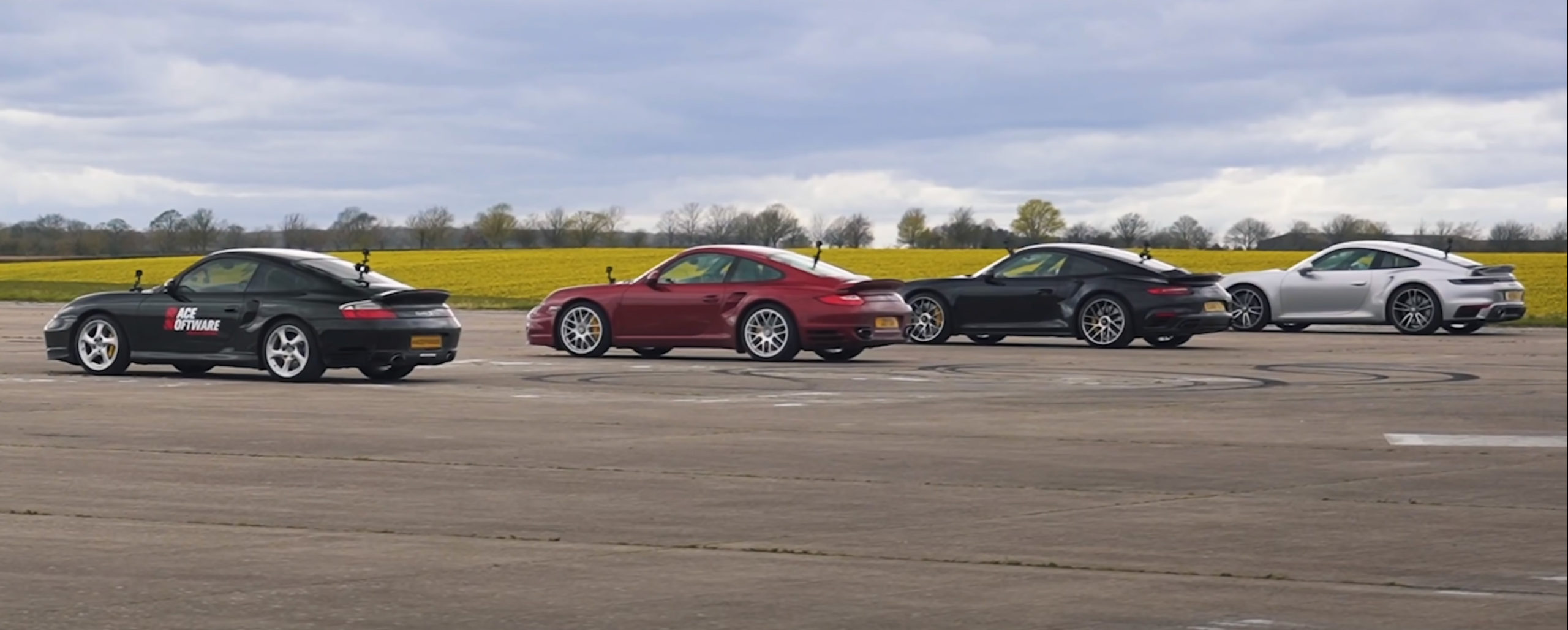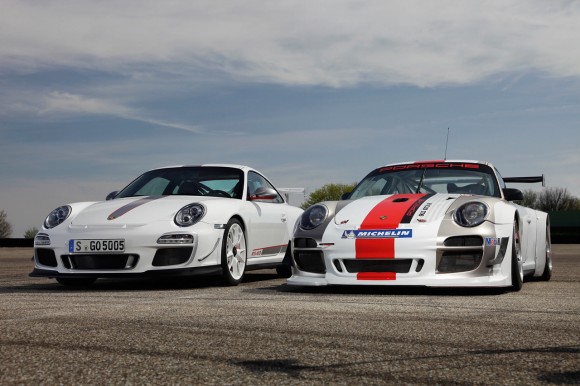 The GT3 is, of course, the purest 911. The more extreme GT3 is the RS. The saying goes: The GT3 is made for the street and sometimes for the track; The GT3 RS is made for the track and sometimes for the street.
The GT3 is, of course, the purest 911. The more extreme GT3 is the RS. The saying goes: The GT3 is made for the street and sometimes for the track; The GT3 RS is made for the track and sometimes for the street.
When the 996 series 911 was introduced in 1999, some enthusiasts felt that the larger body and water-cooled engine refined the car too much to the point that it was no longer a competitive vehicle. Porsche launched the GT3 to prove that the 911 had not gone soft. The GT3 was a pure 911, normally aspirated and named after the FIA GT class for which it was intended.
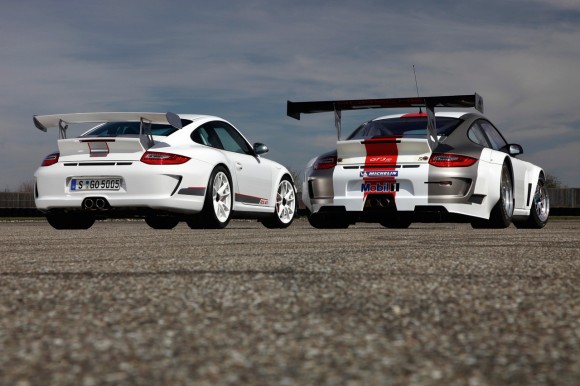 The GT3 has evolved over the years to a full blown racecar that is street legal. The newest iteration of the GT3, the GT3 RS 4.0 is lighter, more powerful and handles even better than any GT3 before. That 4.0 in the car’s name refers to the displacement of its engine. Other GT3s use a 3.8-liter flat-six, but the new 4.0 borrows the bigger engine from the track-only GT3 R and RSR. The motorsport-derived 4.0-liter engine, already the highest displacement 911 engine ever, also features the highest per-liter output — 125 horsepower per liter from a naturally aspirated Porsche flat-six engine. The engine uses forged pistons, the connecting rods are fashioned from titanium, and the crankshaft has been lifted unchanged from the 911 GT3 RSR race car. It achieves its maximum power of 500 hp at 8,250 rpm. Maximum torque of 339 ft/lbs is reached at 5,750 rpm
The GT3 has evolved over the years to a full blown racecar that is street legal. The newest iteration of the GT3, the GT3 RS 4.0 is lighter, more powerful and handles even better than any GT3 before. That 4.0 in the car’s name refers to the displacement of its engine. Other GT3s use a 3.8-liter flat-six, but the new 4.0 borrows the bigger engine from the track-only GT3 R and RSR. The motorsport-derived 4.0-liter engine, already the highest displacement 911 engine ever, also features the highest per-liter output — 125 horsepower per liter from a naturally aspirated Porsche flat-six engine. The engine uses forged pistons, the connecting rods are fashioned from titanium, and the crankshaft has been lifted unchanged from the 911 GT3 RSR race car. It achieves its maximum power of 500 hp at 8,250 rpm. Maximum torque of 339 ft/lbs is reached at 5,750 rpm
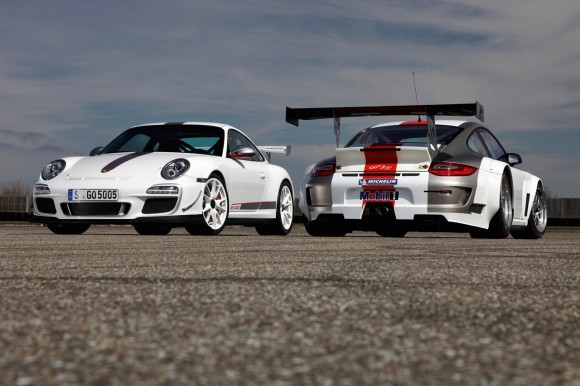 The 911 GT3 RS 4.0 offers truly impressive performance, lapping the famed Nürburgring-Nordschleife in 7 minutes and 27 seconds. Available exclusively with a six-speed manual transmission, the 911 GT3 RS 4.0 sprints from 0 to 60 mph in only 3.8 seconds, and with its gearing designed for the race circuit it reaches the 124 mph mark on the race track in under 12 seconds.
The 911 GT3 RS 4.0 offers truly impressive performance, lapping the famed Nürburgring-Nordschleife in 7 minutes and 27 seconds. Available exclusively with a six-speed manual transmission, the 911 GT3 RS 4.0 sprints from 0 to 60 mph in only 3.8 seconds, and with its gearing designed for the race circuit it reaches the 124 mph mark on the race track in under 12 seconds.
The RS is pure and truly a racecar. At closer look, you can see the details of the GT3 4.0 that come directly from the GT3 R and RSR; the polycarbonate quarter-windows and back glass, the optional roll cage and the new wind splitters on the front bumper. And although air conditioning and radio are standard on the RS 4.0, buyers can opt out of either or both.
Look closely and compare the photos. Short of some wider tires with larger fender flares, and some air vents here and there…they are basically the same cars.


